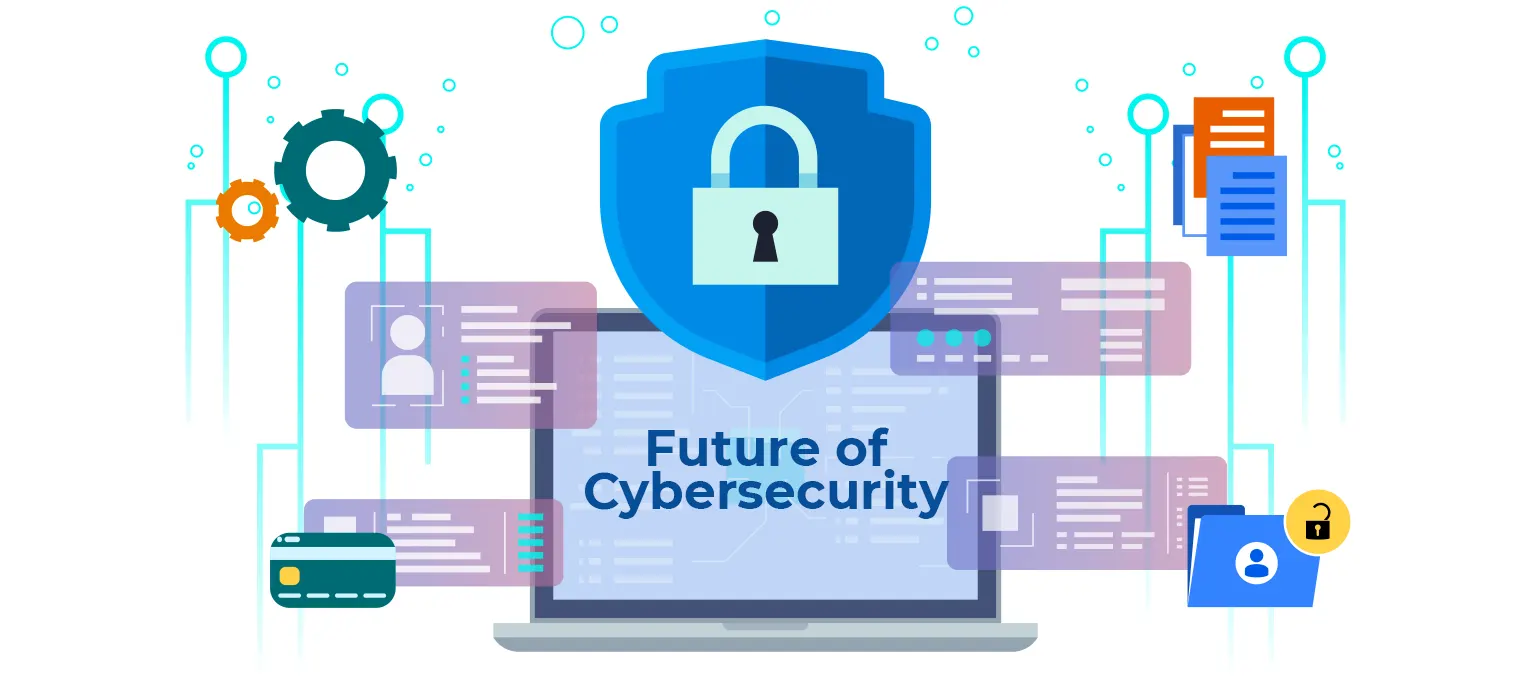
Rapid changes in technology are causing a boom in cyberattacks on organizations and individuals. From Phishing, Cryptojacking, Deepfakes to Internet of Things (IoT) attacks and Ransomware attacks, cybersecurity threats and crimes have increased drastically. In addition, the increased adoption of 5G, interconnectedness of devices, and less-controlled work environments are significant reasons for an increase in vulnerabilities.
It is not a minor community, but most companies have unprotected data and poor cybersecurity practices today. So how do we protect the data? The answer lies in cybersecurity awareness, prevention, and security. Despite the type of industry or the type of data you manage, cybersecurity knowledge is vital in the era. Highly trained cybersecurity professionals are becoming more critical than ever before. However, when you lack awareness about cybersecurity, it becomes easy to get hacked into your data.
Knowledge and implementation of innovative tools are essential to empower the safety of your data. Establishing access controls and data protection policies can protect your data. You must also ensure to build a unified data security strategy to protect your organisation's customer data. This blog will read about the growing cyber risk, cyber cases reported recently, and the methods to implement cybersecurity knowledge.
Cyber attacks hit businesses and organisations every day. The common types of cyberattacks are :
Malware refers to malicious software, including worms, spyware, ransomware and viruses. Malware is short for malicious software, a file or code that will infect, steal or conduct virtually. The Malware can block access to critical components of the network and also
instal additional harmful software. In addition, it can disrupt specific components that cannot be fixed in future.
Phishing is a form of cyber attack where the attacker sends fraudulent communications that appear to come from a reputable source through email. It can also be in other forms of communication. This will steal your sensitive data, login information and may install malware on your gadget. Phishing is one of the most common cyber threats. It is recommended not to access Wi-Fi on an unsecured public network as there are high chances of data loss.
SQL Injection is a web vulnerability caused by mistakes made by programmers. A Structured Query Language (SQL) injection happens when an attacker inserts malicious code into a server that uses SQL. This allows an attacker to interfere with the queries that an application makes to its database.
DNS Tunneling is a method of cyber attack that encodes the data of other programs. DNS tunnelling uses the DNS protocol to tunnel malware and other data through a client-server model.
Pegasus is spyware that was created by NSO Group, an Israeli software company. This spyware is capable of entering your computer device, gathering your data, and forward it to a third party without your consent. Pegasus is more dangerous than we think. For example, it infiltrates a device with a missed call on WhatsApp and could even delete the record of this missed call, making it impossible for the user to know they had been targeted. In addition, news reports stated that various governments used the software to spy on government officials, opposition politicians, journalists, activists, etc.
Apart from the above mentioned, cyber-attacks include breach of access, password sniffing, system infiltration, website defacement, web browser exploits, instant messaging abuse and intellectual property (IP) theft, or unauthorized access. And pursue your education with NIOS Course in UAE.
Prevention is vital to get rid of cyberattacks. We will discuss some ways to prevent Cyber Attacks and to safeguard your business effectively.
Apart from all the steps mentioned above, you must provide awareness to your employees who manage sensitive data. Train your staff
About the cyberattacks and their impacts on data storage. Cybercriminals will try to get access to an organisations data through the employees. These will come as fraudulent emails or messages asking for personal details or access to files. Employee awareness is vital to protect against cyber-attacks and all types of data breaches. A few tips you can give your employees are:
Cybersecurity aims to ensure data confidentiality, integrity, and availability. Cybersecurity professionals aim to protect and defend against continuously strengthening malicious threats. The CompTIA Cybersecurity Career Pathway helps IT pros achieve cybersecurity mastery from beginning to end. There are several CompTIA certification courses in demand in 2024. A combination of skills, certifications, and experience can help CompTIA professionals land lucrative roles. The specification of a cybersecurity role depends on the employer’s size and resources. The primary job roles of cybersecurity professionals are:
These professionals monitor application and network performance to identify unnatural activities. They perform regular audits to ensure if the security practices are compliant. Finally, they deploy detection and prevention tools to block malicious attacks.
Read Also: Key Roles and Responsibilities of Cyber Security Professionals
With programming skills, technical skills, cloud security skills and computer forensic skills, a candidate can become a cybersecurity professional. Cybersecurity courses are a choice if you wish to build innovative tools to empower a company’s data safety. Start your journey to enhance cybersecurity skills necessary for 2024.

Chief Technology Officer & Cyber Security Expert Trainer
Satendra K is the Chief Technology Officer at Edoxi Training Institute. A cyber security program leader with more than ten years of experience, he possesses a deep level understanding of state-of-the-art security technologies. His polished communication skills play an influential role in his career as a trainer. As a core member of our cyber security courses team, he oversees the development of cutting-edge curriculum and novel modes of course delivery.
